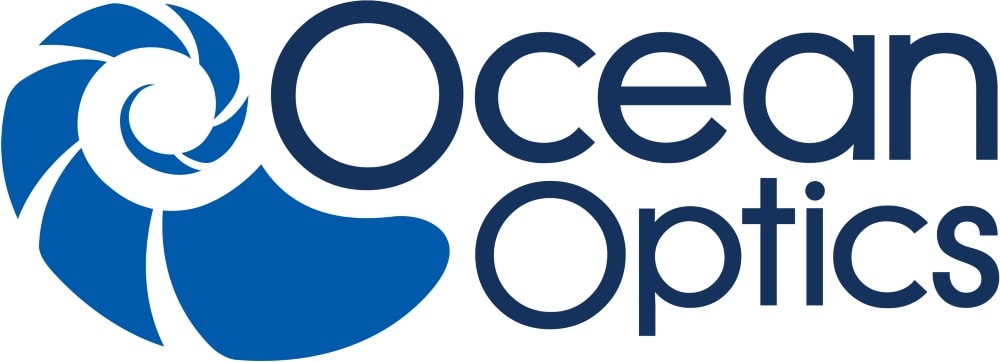1. Popular, but no all-rounders: Silica gel columns and their limitations in liquid chromatography
Hydrophobic surface-modified silica gels of different selectivities and particle size distributions are by far the most important stationary phases for HPLC and U(H)PLC. Despite its popularity, silica gel has the disadvantage that a high pH mobile phase can dissolve the silica gel matrix. As a consequence, it is recommended to stay within a limited pH range of between 2 and 7 for the mobile phase when using a silica gel based separation column.
Conversely, this means that the selectivity of an alkaline eluent cannot be used when optimizing a separation. Furthermore, some synthetically produced silica gels are not perfectly pure with respect to their metal ion content. In chromatography of alkaline analytes, this results in inferior peak shapes and often poorly reproducible retention times. In the case of surface-modified phases, there is the added risk that unreacted (free) silanol groups cause retention of alkaline compounds due to their acidity. Here, too, peaktailing and poorly reproducible retention times often occur due to strong adsorptive interactions between the free silanol groups of the stationary phase and the analyte.
For these reasons scientists have repeatedly requested that a pH-stable phase be developed that requires only short analysis times. When silica gel is used, only rather specially bound HPLC phases or hybrid materials with an optimized particle size distribution meet these requirements.






